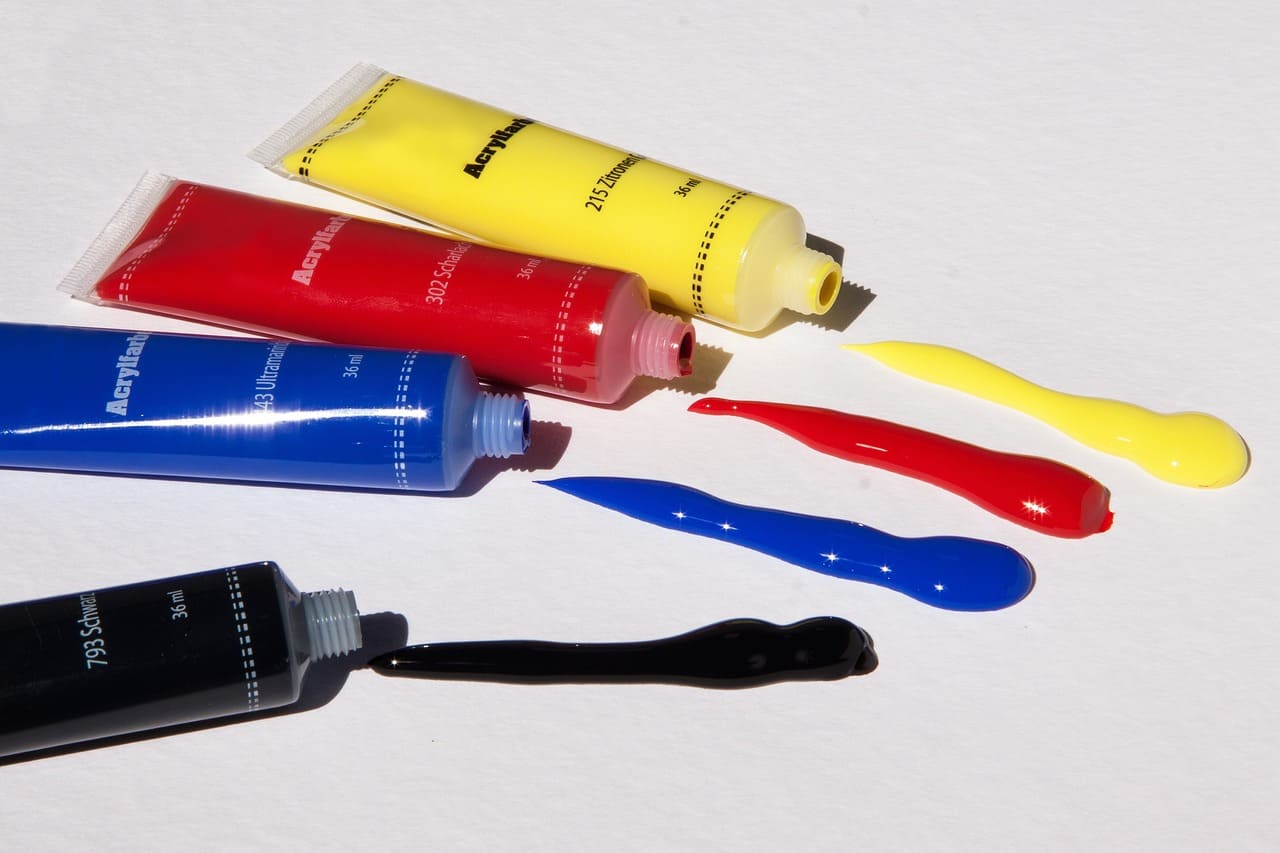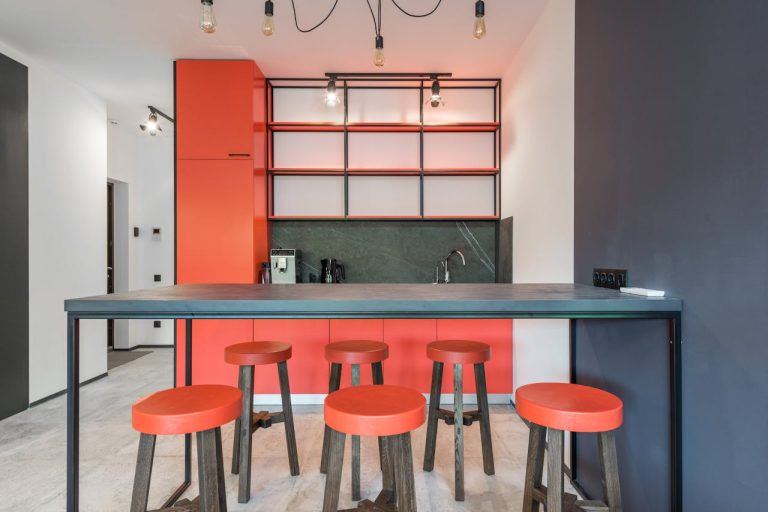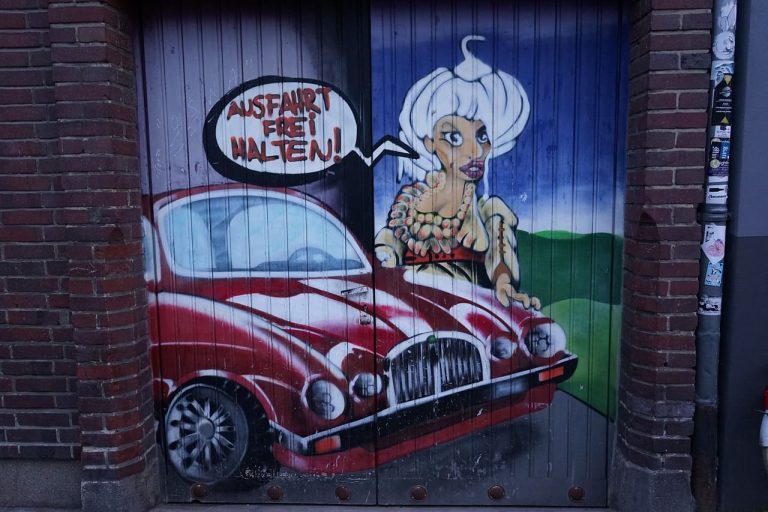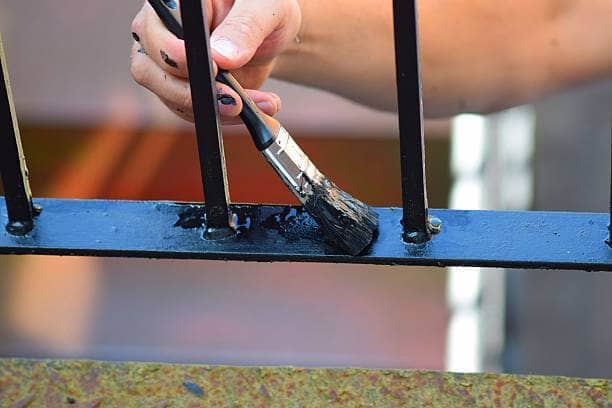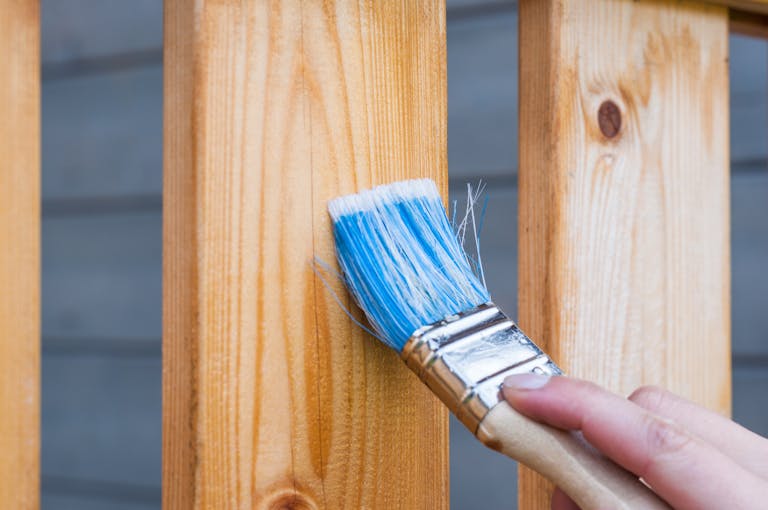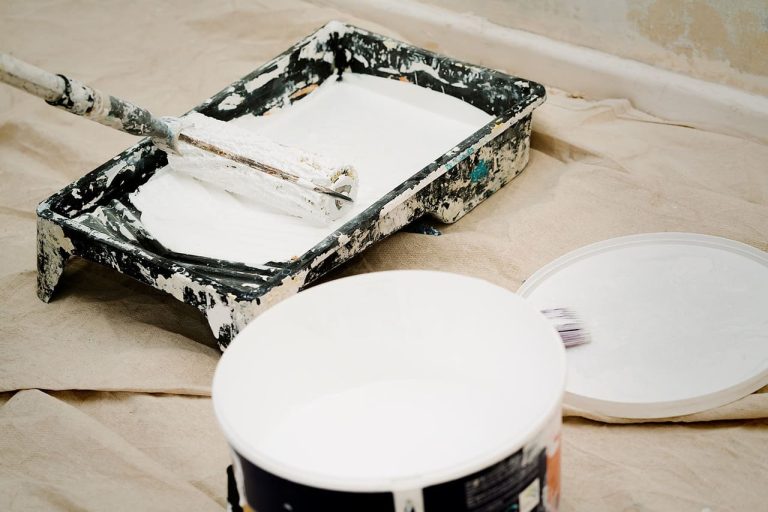Painting Basics 101: How Long Does Acrylic Paint Take to Dry?
Acrylic paint consists of pigments suspended in acrylic resin and an acrylic polymer solution. It is a fast-drying paint that is water-soluble but when dry becomes water-resistant. But, how long does acrylic paint take to dry?
In general, it will take acrylic paint about 10 to 20 minutes to be dry to the touch. It can take only about 2 minutes for a very thin layer and about 30 minutes to an hour for thick layers of acrylic paint.
It dries fast and there are some variables that affect the speed at which it will dry:
- Temperature. The water content of acrylic will evaporate faster under higher temperature and will make the paint dry faster.
- Humidity. Low humidity will make acrylic paint dry fast while high humidity will take it longer to dry.
- Heat. Added heat will make acrylic dry faster because cooler air holds less moisture than heat.
- Airflow. Acrylic paint will dry faster than it usually does if you paint outdoors. When air circulates around the surface you are painting, it takes moisture away and acrylic paint dries.
- Absorbency of the Surface. An absorbent surface will make acrylic paint dry faster.
- Thickness of the Paint. Thick layers of acrylic paint will always take longer to dry.
Pros and Cons of Using Acrylic Paint
Just like any paint, acrylic paint has advantages and downsides.
Pros
- Versatile. You can use acrylic paint on any surface provided it is wax and oil-free including wood, canvas, glass, rocks, fabrics, plastic, metal, and cardboard.
- It becomes water-resistant when dry.
- Fast-drying.
- it is durable; thus, it will not peel, crack, or turn yellow.
- Extremely flexible; thus, acrylic paint can be mixed with different mediums to achieve different adhering features, textures, and change drying times.
- it is not as toxic as other types of paint.
- Acrylic paint is water-soluble, so you can wash it off brushes and your hands with soap and water. You do not need paint thinners to wash off acrylic paint.
- It is more affordable.
Cons
- The final color you will achieve with acrylic paint is darker than its original color when it dries.
Many people like to work with acrylic paint because it is fast-drying. The final darker color when acrylic paint dries up is something that can be remedied before starting to paint.
FAQs
1. How can I make acrylic paint dry faster?
Acrylic paint is fast drying but there are some techniques that can make it dry faster.
- Choose a more fast-drying acrylic paint (brand)
- Decrease the humidity in the room.
- Increase airflow in the room.
- Increase the temperature in the room.
- Use acrylic on absorbent surfaces.
- Paint in thin layers
- Use acrylic paint without retarders
If you want this paint to even dry faster, use a hairdryer or place a heat lamp over the painted
2. How long does acrylic paint take to dry on wood?
Although not necessary, it is best to prime wood before applying acrylic paint. Remove the dust and sand the surface. The drying time of acrylic paint on wood depends on the condition of the area where you are painting, but on the average, acrylic on wood will be dry to the touch in between 20 and 30 minutes.
Maybe you are interested in How to Paint A Staircase Railing? 9 Steps from Start to Finish
3. How long does acrylic paint take to dry on canvas?
Acrylic paint dries faster on a very absorbent canvas. It will also dry faster on a gesso-primed canvas which is slightly absorbent. Most Acrylic paint brands will be dry to the touch on canvas in about 20-30 minutes. On a regular canvas, it will dry in about an hour.
4. How long does acrylic paint take to dry on plastic?
Many people love to use acrylic paint on plastic surfaces because it is available in almost all colors.
Before using acrylic paint on a plastic surface, you will need to properly prepare the surface. Acrylic paint also needs to be sealed after painting.
Acrylic paints are not meant to be used on plastic. Even if you use primers and sealers, the paint will eventually come off. Acrylic paint in tubes or bottles will not easily stick to plastic and it will eventually peel off.
To prevent acrylic paint from peeling off the plastic surface, apply a base coat such as an enamel or oil paint. After applying the base coat use the acrylic paint on the top layer.
After applying acrylic paint on the top layer, seal the acrylic paint. The sealer will protect the color of the acrylic paint and will prevent it from peeling off. Get a good sealer especially if you are painting on plastic that needs to be handled often, such as toys.
Read more: Top 5 Best Primer for Peeling Paint Reviews
It over a base paint applied on plastic surfaces will dry in about 20-30 minutes.
5. Can you paint over wet acrylic paint?
You can add wet acrylic paint over dry acrylic paint. You can also add wet acrylic paint onto wet acrylic paint. The effects on both conditions will be different, so you will need to choose what to do based on the final result you want to achieve. or how you want your painting or paint job to look like.
Some artists who use acrylic paint prefer to work on wet acrylic or wet-on-wet so they can achieve different effects. It is easier to blend colors by adding wet acrylic paint when acrylic paint on the canvas is wet. Wet-on-wet acrylic paint can also achieve a marbling effect.
In most cases, though, it is best to wait for acrylic paint to completely dry before another layer. The amount of time it takes for the first layer of acrylic paint to dry depends on the thinness or thickness of the first layer of this paint. it also depends on the environmental factors while you are painting and whether or not you mixed any mediums or gels to the first layer of acrylic paint.
6. Why is my acrylic paint not drying?
Acrylic paint is a fast-drying paint. There are many reasons, though, why your acrylic paint is taking too long to dry or is not drying.
- You are painting acrylic in a humid environment.
If you are painting in a room with a lot of moisture, acrylic paint will dry slower.
- You are using the impasto technique.
The impasto technique means the paint is laid out in very thick layers. Oil paint is traditionally the best medium for the impasto technique. Acrylic paint is also feasible if you add heavy body acrylic gels.
- You apply thick coats of acrylic paint.
This is an obvious reason and is true with all paints. If you painted a thick layer, wait for the first layer to dry before adding another layer. It is always best to paint thinner layers.
- You used too much paint extender or retarder.
A paint retarder (a substance used to make acrylic paint slow down its drying process so there is more time for layering highlights and blending) will slow down the drying time of acrylic paints. Sometimes, you may not have added a retarder but the acrylic paint already contains a retarder, in which case you will have to wait longer for the paint to dry.
- The room is cold.
Make sure to paint in a warm room but not over direct sunlight. A warm room will speed up the drying time of acrylic paint.
- Type of painting surface.
Applying acrylic paint on different surfaces will have different drying times. When applying acrylic paint on plastic, make sure to apply a base coat, preferably oil paint, so the top layer of acrylic paint will not peel off and will dry faster, too.
7. Can you dry acrylic paint in the oven?
There are two ways to cure acrylic paint when used in ceramic – air drying and baking. You can place the object painted in acrylic in the oven and bake for 30 minutes at 3500F.
Final Thoughts
Before deciding to use acrylic paint, know how long does acrylic paint take to dry on different surfaces.
Acrylic paint is generally a fast-drying paint but different surfaces, as well as different environmental factors affect how long does acrylic paint take to dry.

